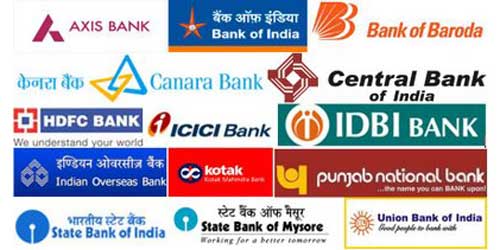The balance of trade is the difference between the monetary value of exports and imports of output in an economy over a certain period. It is the relationship between a nation’s imports and exports. A positive or favorable trade is known as a trade surplus if it consists of exporting more than is imported; a negative or unfavorable balance is referred to as a trade deficit or, informally, borrowed prosperity, living beyond a nation’s means, or a trade gap. The balance of trade is sometimes divided into a good and a service balance.
The Balance of trade is the largest component of a country’s balance of payments. Debit items include imports, foreign aid, domestic spending abroad and domestic investments abroad. Credit items include exports, foreign spending in the domestic economy and foreign investments in the domestic economy. A country has a trade deficit if it imports more than it exports; the opposite scenario is a trade surplus.
Must Read: Balance of Payments
The balance of trade forms part of the current account, which includes other transactions such as income from the international investment position as well as international aid. If the current account is in surplus, the country’s net international asset position increases correspondingly. Equally, a deficit decreases the net international asset position.
The trade balance is identical to the difference between a country’s output and its domestic demand (the difference between what goods a country produces and how many goods it buys from abroad; this does not include money re-spent on foreign stock, nor does it factor in the concept of importing goods to produce for the domestic market).
Factors that can affect the balance of trade include:
- The cost of production (land, labour, capital, taxes, incentives, etc.) in the exporting economy vis-à-visthose in the importing economy;
- The cost and availability of raw materials, intermediate goods, and other inputs;
- Exchange rate movements;
- Multilateral, bilateral and unilateral taxes or restrictions on trade;
- Non-tariff barriers such as environmental, health or safety standards;
- The availability of adequate foreign exchange with which to pay for imports; and
- Prices of goods manufactured at home (influenced by the responsiveness of supply
Also Read: Economics: The Basics
Difference Between Balance of Trade and Balance of Payment
The Balance of Trade includes only visible imports and exports, i.e. imports and exports of merchandise, the difference in imports and exports is called Balance of Trade. If imports are more than exports, it is the unfavourable balance trade. If exports exceed imports, it is the favourable balance trade. The Balance of Payments includes all those visible and invisible items exported from and imported into the country in addition to exports and imports of merchandise.
The Balance of Trade includes revenues received or paid on account of imports and exports of merchandise. It shows only revenue items. The Balance of Payments includes all revenue and capital items whether visible or non-visible. the Balance of Trade thus forms a part of Balance of Payments.
The Balance of Trade can be favourable or unfavourable. If imports are more than exports, it is the unfavourable balance of trade. If exports exceed imports, it is the favourable balance of trade.The Balance of Payments is always balanced just like Trading and Profit and Loss A/c of a business.
In the case of Balance of Trade, there is no deficit or surplus balance. The balance shows favourable or non-favourable. So, external assistance is not required. In the case of Balance of Payments, any balance, deficit or surplus is to be financed by the external source or assistance or be utilised.
Don’ Miss:





 (6) Canara Bank
(6) Canara Bank
